Vegan Globetrotter is supported by our audience. When you purchase through one of our links, we may earn a small affiliate commission. As an Amazon Associate I earn from qualifying purchases. Your cost is not affected.
==================
Health Benefits of Fermented Foods
Fermentation is a method of preserving some foods. Fermented foods and beverages allow “good” bacteria to thrive in a controlled environment, maintaining the nutritious value of the product throughout preservation. This article will show you the many health benefits of fermented foods or fermentation and why you should start eating them.
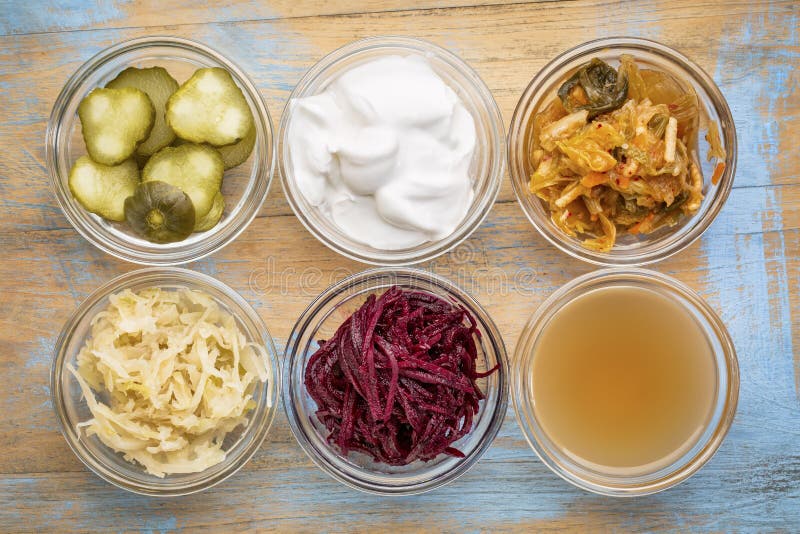
What are fermented foods?
Fermented foods have been increasingly popular in recent years, owing to their health benefits. These foods are meals or drinks created by the controlled development of microorganisms and the enzymatic conversion of dietary components. The so-called “fermented” foods and beverages are gaining in popularity. Kombucha on tap in bars, sourdough bread in cafés, and more kinds of yogurt, sauerkraut, and kimchi in supermarkets are now available.
These foods have been around for centuries and consumed by people from all walks of life. Fermenting dairy products generate cultured beverages such as kefir or thicker meals such as yogurt. In addition, many cultures have evolved traditional meals based on fermented vegetables, such as kimchi, pickles, and sauerkraut, or soybeans, which make Miso, tempeh, and natto.
Fermentation allows these items’ storage life to extend and alters their flavor and texture. In recent years, scientists have discovered that fermented foods have a beneficial effect on people’s digestive health. In fact, they are known to have excellent anti-inflammatory benefits, too.
History of Fermented Foods
It’s likely that fermentation as we know it began spontaneously with a wild yeast landing in a bowl of food, a jug of fruit, or already present in some freshly milled flour or grain. It is then finding an opportunity to do its thing when the surrounding temperature and environment are just right (ideally between 40 and 70 degrees Fahrenheit).
Asian cultures, in particular, have a long history of fermenting a broad range of foods, including Japanese natto (soybeans), Vietnamese mám (seafood), Chinese douchi (black beans), Lao pa daek (fish sauce), and Korean banchan (side dishes). Fermented foods can utilize medical purposes in Eastern cultures, which may interest registered dietitians who practice “food as medicine.” We can trace fermented food and its health links back to ancient Rome and China, and it’s still a hot topic among scientists today.
Fermentation is a method for preserving vegetables by many people all over the world. Man fermented wild herbs long before he cultivated them. Fermented vegetables have been made and enjoyed by people all around the globe throughout history.
Fermented cabbage has been known in China for over 6,000 years and was a staple meal for people who constructed the Great Wall of China. The meal is known as “sauerkraut” is still the national dish of Germany today. Lactic fermentation has been utilized by many peoples, including the Koreans, Japanese, and Northern and Central Europeans, as a practical means of preservation and the unique flavor of foods.
Health Benefits
-
Improves digestive health
Health experts are paying close attention to naturally fermented foods these days because they may help boost your gut microbiota or the 100 trillion or more bacteria and germs that dwell in your digestive system. Researchers are starting to connect these tiny creatures and various health issues, ranging from obesity to neurodegenerative diseases.
Fermented foods use an age-old method that preserves and extends the food’s shelf life and nutritional content and provides your body with beneficial probiotics, which are living bacteria that aid in digestion.
-
Boosts the immune system
In your gut, an estimated 100 trillion bacteria live, and they play a significant, though still little understood, role in your health. They may have a role in developing colorectal cancer, obesity, and diabetes through influencing metabolism and the immune system.
Live bacteria break down food components like sugar during fermentation, making it simpler to digest and absorb nutrients.
Certain foods can also benefit from fermentation to improve their nutritional content. In some circumstances, it can create a range of B vitamins in foods that didn’t have them before fermentation.
-
Helps digest food easier
Fermentation aids in the breakdown of nutrients in food, making it simpler to digest than unfermented foods. Lactose, the natural sugar in milk, is broken down into simpler sugars like glucose during fermentation. As a result, lactose intolerance sufferers may usually tolerate fermented dairy products like kefir and yogurt.
Antinutrients, which are substances present in seeds, nuts, grains, and legumes that interfere with nutrient absorption, are also broken down and destroyed by fermentation. As a result, eating fermented beans or legumes boosts the absorption of essential elements, making them more nutritious than non-fermented options.
-
Weight loss
When attempting to reduce weight, including fermented foods in your diet might be a great alternative. The reason for this is that these meals include intestine-friendly bacteria, which aid in the maintenance of your digestive system and immunity. Having a healthy digestive system and a robust immune system is essential when it comes to losing weight. The high concentration of gut-free enzymes acts as a natural probiotic and is beneficial to one’s health.
We can reduce inflammation by consuming fermented foods. Inflammation stimulates the fat-trigger cells in our bodies. They tell the brain that the body is in trouble and that fat should be stored rather than burned. Fermented foods assist in reducing inflammation in the body, which can sabotage weight loss efforts. Eating fermented foods helps to keep your gut healthy, which is necessary for weight loss.
-
Heart health
Probiotics contained in fermented foods may have some heart-healthy advantages as well. According to one research, eating kimchi helped participants lose weight and reduce blood pressure. Another person mentioned that their blood sugar and cholesterol levels had improved.
Fermented foods can decrease the risk of cardiovascular disease. Probiotics may also help lower total and “bad” LDL cholesterol and improve blood pressure.
-
Contain more nutrients
Fermentation improves the nutritional value of food, enhances nutrient bioavailability, boosts enzyme concentration, and neutralizes several harmful chemicals.
Fermented veggies, unlike canned vegetables, keep all of their minerals and vitamins. Their nutritional worth may improve.
Microorganisms produce various nutrients during fermentation, including vitamin C, B group vitamins (including the well-known B12), and vitamin K. Bacteria eat sugar from plants. Lacto-fermentation can also degrade or neutralize cyanide, phytates, and saponins, among other hazardous compounds.
-
Reinforces our microbiota
Probiotics and prebiotics are abundant in Lacto-fermented meals. They assist and enhance our digestion and health when we include them in our diet.
The microbiota, often known as the second brain, plays a significant role in digestion. The microbiota comprises about a hundred thousand billion bacteria, yeast, and other microorganisms that live on and in human bodies, classified into over 3,000 species.
These bacteria coexist with human bodies and perform a variety of biological functions. The microbiota is involved in the body’s defense system, blood pressure control, and food digestion.
-
Helps strengthen bones
To help your body absorb calcium more, you can use the interaction between probiotics and prebiotics. It can assist boost your body’s capacity to absorb calcium if you mix a calcium-rich probiotic meal like yogurt or kefir—or a calcium supplement—with a prebiotic.
For breakfast, try yogurt with bananas or a large dollop of yogurt in your bowl of oatmeal. If you prefer another alternative, a smoothie made with kefir or yogurt and oats will suffice. When you mix a high-calcium fermented meal with a prebiotic, the prebiotic helps improve calcium absorption, which helps keep your bones healthy.
-
Regulates metabolism and blood sugar
Obesity and type-2 diabetes, which are significant risk factors for cardiovascular disease, can be reduced by a healthy gut. Because the gut flora of people with type 2 diabetes differs from those without the condition, probiotics help them balance their microbiomes and reduce inflammation.
According to research, probiotic supplementation led to weight reduction, a smaller waist circumference, and a lower BMI in overweight or obese individuals. Probiotics, for example, have been shown in specific trials to reduce fasting blood sugar levels and improve insulin resistance.
-
Boosts mental health
This cuisine draws many individuals because of its health advantages, including antioxidant, anti-inflammatory, and antimicrobial qualities.
On the other hand, fermented foods improve physical health and have a significant influence on mental health. Consumption of fermented foods has a direct impact on gut health, which leads to enhanced mental health.
Serotonin, a well-known neurotransmitter that affects mood, happiness, and anxiety, is a well-known neurotransmitter. Low serotonin levels commonly cause depression and anxiety problems. While serotonin is a brain neurotransmitter, the digestive tract produces 90% of the serotonin in the body.
How to Make Fermented Foods at Home
-
Kimchi

A traditional Korean side dish has risen to celebrity status in the kitchen, and it’s simple to understand why. Kimchi’s appeal is broad and profound, with a rich flavor and a multitude of uses. This kimchi has vegetables, garlic, ginger, and fish sauce. It has a sweet, sour, and spicy flavor profile. Traditional kimchi is also a condiment, ingredient, dip, or side dish on its own.
Kimchi is a classic Korean meal with various ingredients, including vegetables, garlic, ginger, chili peppers, salt, and fish sauce. The veggies are pickled and fermented, a traditional way to preserve them for the cold season. Cabbage is the most ingredient vegetable in kimchi, but radish, carrots, scallions, and cucumber are all popular. There are hundreds of kimchi recipes, which vary depending on the location and season, and it’s effortless to make it vegan by using only plant-based components.
-
Sauerkraut
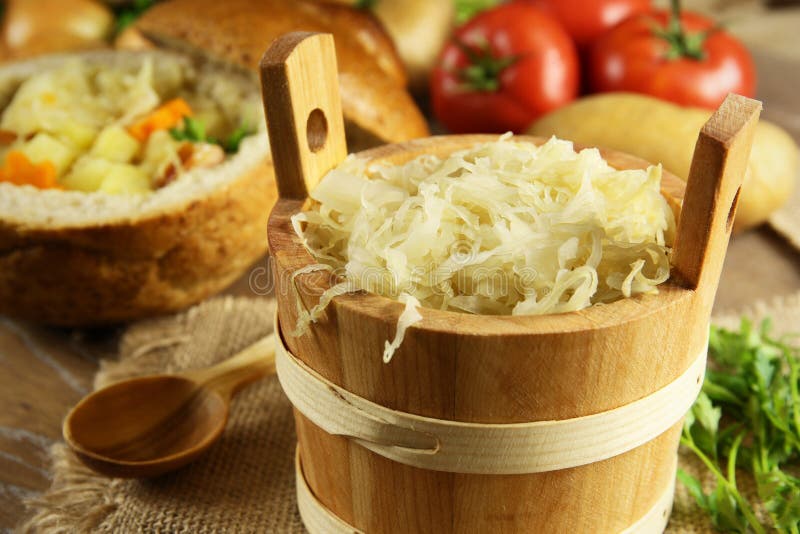
Sauerkraut is a cabbage-based fermented dish. It is high in vitamins C, B, A, K, and a range of minerals. The sauerkraut was famous because of its probiotic effects. It has a tangy flavor and a crunchy texture, and it’s easy and inexpensive to produce.
Mix the cabbage with the canning salt well. Place this mixture in a suitable container. There should be enough headspace at the top of the container. If there isn’t enough juice from the shredded cabbage to completely cover the cabbage, make a salt brine with water and the right amount of canning salt. Because it does not include iodine or anti-caking chemicals, pickling or canning salt is preferred. Before adding the brine to your cabbage combination, it should be cooked and chilled to room temperature.
-
Yogurt
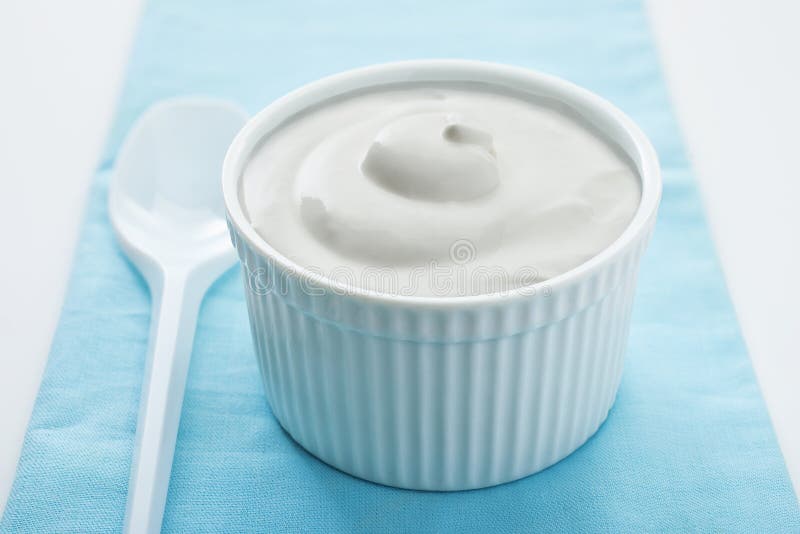
While yogurt’s nutritional value comes from its high calcium, protein, and potassium content, living bacteria constitute the most valuable component. Probiotics, sometimes known as “good bacteria,” are the microorganisms in question. Probiotics help fight off harmful bacteria, boost the immune system, and maintain a healthy digestive system. Milk is fermented by these active microorganisms, resulting in thick, creamy yogurt. While store-bought milk yogurt comes in various flavors and varieties, creating your yogurt is straightforward.
Yes, you can make your yogurt at home, and no, you don’t need a yogurt machine. Start with a few tablespoons of prepared yogurt, add some milk (even soy) and let the fermentation take care of the rest.
-
Kombucha
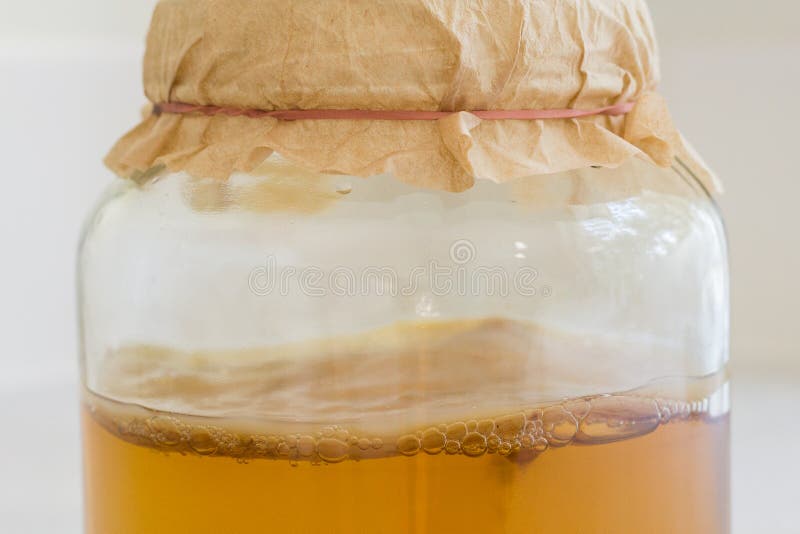
Probiotic bacteria, often known as friendly bacteria, are found in kombucha. These bacteria have shown improvements in one’s health.
As a result, there is some evidence that kombucha offers various health advantages, including gut health, mental health, infection risk, and liver health.
Kombucha is a fizzy, sweet tea-based beverage produced using bacteria, yeast, sugar, and tea. It has a somewhat acidic flavor and is generally yellow-orange in hue.
The yeast in the SCOBY breaks down the sugar in the tea and releases beneficial probiotic bacteria throughout the fermentation process. After fermentation, kombucha gets carbonated, which is why it is fizzy.
-
Pickled Vegetables

Pickling is an ancient culinary technique for preserving fresh foods such as vegetables and fruit. Vegetable pickling has two categories. One method is to use vinegar to make a solution too acidic for bacteria. Pickles are an excellent illustration of this.
The other uses salt brine to promote fermentation, which supports the growth of beneficial bacteria. Pickling alters the taste character of foods in addition to preserving them. Pickled foods have a tangy, slightly sour taste to them. Depending on the pickling liquid and ingredients you choose, the precise flavor will vary.
In a pan, combine all of the ingredients for the pickling liquid. Bring to a boil and then reduce to low heat for 1-2 minutes. Please remove it from the heat and set it aside to cool for 30 minutes. Taste and modify according to your preferences. You may use it straight away if you like.
Cut and add your veggies to glass jars as you wait for the liquid to cool. Pour the liquid over the veggies, making sure they are thoroughly covered. Allow them to pickle in the fridge for a few hours to a few months. You can keep the pickled vegetables in the refrigerator for up to three months.
-
Sourdough bread
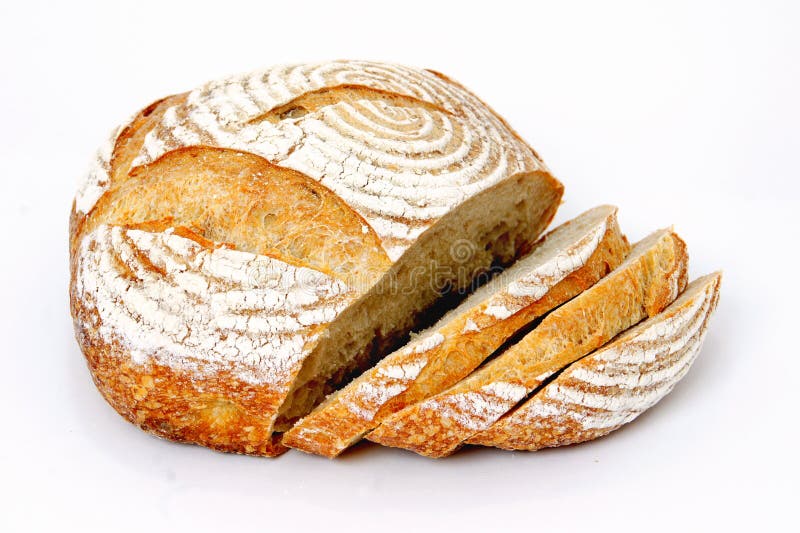
Created entirely with wild yeast, you won’t need any commercial yeast if you have a robust, active sourdough culture. In addition, sourdough bread is usually mixed, molded, and baked over a day, or perhaps multiple days because wild yeast requires a bit more coaxing and works a little slower than commercial yeast. This lengthy, gradual development time not only allows the wild yeast to do its work but also ensures the final bread to have more complex, subtle flavors than your ordinary loaf of sandwich bread.
The original starter takes four to five days to build, perhaps longer, but it will just take you a few minutes each day. As long as you keep feeding it, the starter stays active and easily utilized it to create bread again and again. For simplicity, we used strong white bread flour, but many recipes advocate starting with wholemeal, rye, or a combination of white and wholemeal – the process is the same whatever.
You may play with different amounts, but keep in mind that certain flours are more thirsty than others, so you’ll need to adjust the water appropriately. However, if you know what texture you want in the dough, this will be simple.
The basic dough serves as a blank canvas on which you may paint whatever you want. Sprinkle flavoring ingredients over the dough or mix them into it during the final two folds. You can add seeds, nuts, grains, olives, herbs, chilies, pieces of cheese, and dried fruit to our sourdough.
-
Drinking Vinegar
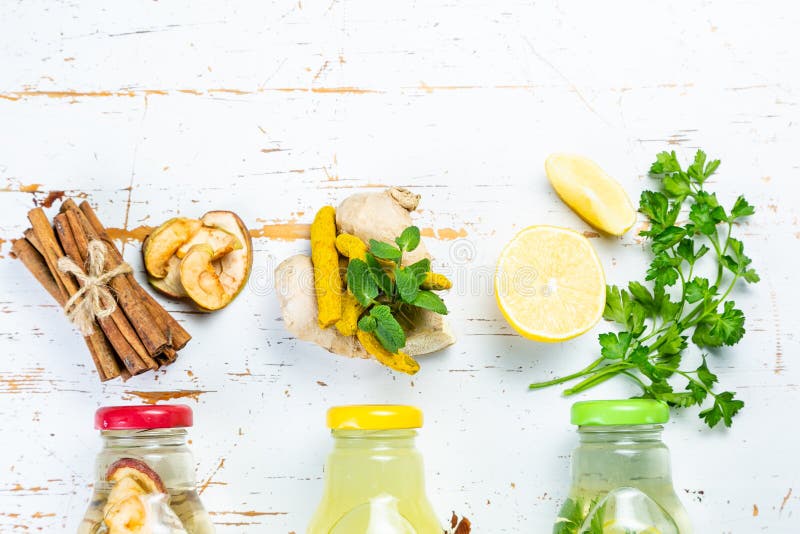
To make drinking vinegar, take any ordinary vinegar, add fruit and herbs, and let it sit for 1-30 days before removing the fruit and adding sugar to produce a fruit/herb-flavored vinegar syrup. You can easily make a “shrub” by adding a spoonful or two to a glass of sparkling water.
Most recipes suggest a basic formula of fruit, vinegar, and sugar in a 1:1:1 ratio, while some tweak the quantity of sugar to taste. Some publications recommended boiling the vinegar before pouring it over the fruit, while others recommended just pouring it over the fruit straight from the bottle.
-
Sour cream
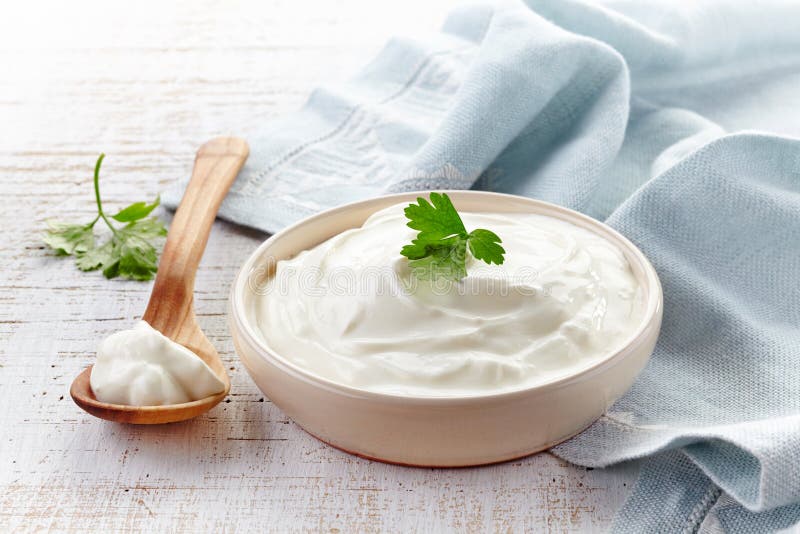
Sour cream is created by infusing cream with lactic acid-producing bacteria, resulting in a somewhat acidic, dense product. It has long been a part of Eastern and Central European cuisines, and when people immigrated to other nations, it spread west.
When it comes to cooking with sour cream, there are a few tips to remember. Allow it to come to room temperature before using it in any hot meals or drinks. For every half cup of sour cream, you may also add one spoonful of flour. Sauces will thicken as a result of this, and the sauce curdling will be prevented.
Consider using a fake sour cream instead of sour cream in a slow cooker recipe that asks for it. It won’t break down or curdle with milk, lemon juice, and cottage cheese even when heated at high temperatures or cooked for lengthy periods.
When serving sour cream as a condiment, avoid using the storage container. Spoon out as much as you’ll need into a separate dish and keep the rest refrigerated.
-
Miso
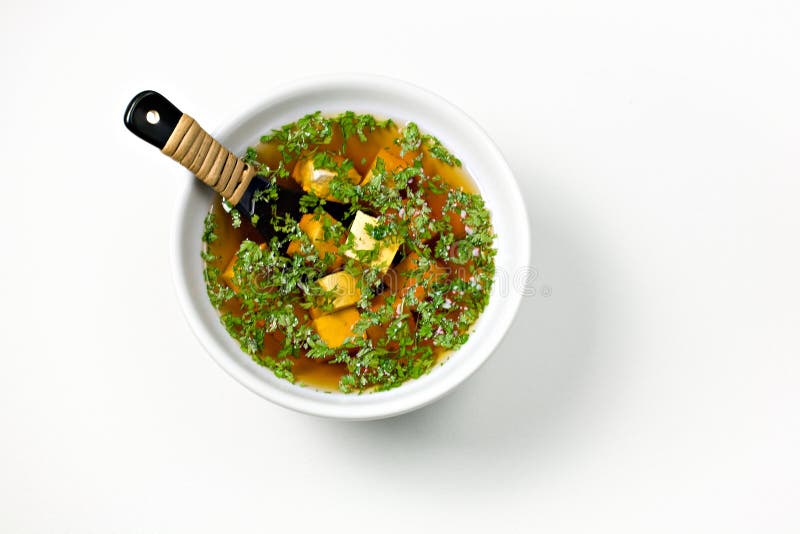
Miso, the fermented paste created by inoculating a combination of soybeans with a mold called koji (the common name for Aspergillus Oryzae) cultivated from rice, barley, or soybeans finds use in many Asian dishes. The enzymes in the koji interact with the microorganisms in the environment to break down the structure of the beans and grains into simple sugars, fatty acids, and amino acids over weeks.
The famous Miso comes from koji, a fungus used to create a variety of favorite Japanese fermented dishes. Aspergillus Oryzae is also known as koji and generates diverse tastes in foods like bacteria and mold do in cheese.
To create koji, mix spores with steamed rice or a combination of rice and soybeans as a starting material. You can generate umami flavor. The koji converts starches to sugar and releases glutamate while it incubates.
You can make Miso by fermenting soybeans, rice, or barley with koji and then letting the mixture ferment further to generate various tastes. Different taste profiles may be affected depending on the ratio of rice to barley and the time of fermentation.
-
Fermented Ketchup
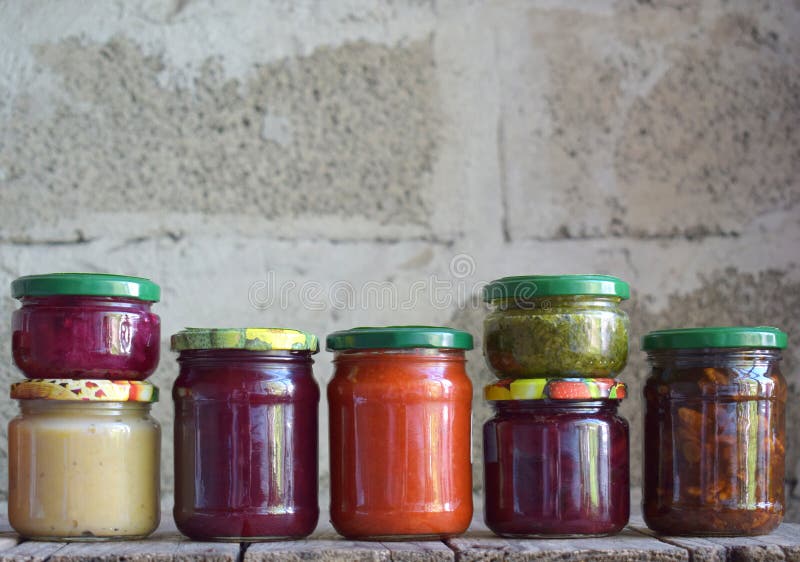
This tangy, slightly sweet, and salty condiment is the go-to dipping sauce for fried potatoes and burgers. Today’s ketchup bottles have high fructose corn syrup, lifeless vinegar, and a slew of additional chemicals you’re unlikely to find in your pantry. But ketchup wasn’t always like this. It used to be a home-cooked meal that was readily prepared and stored.
Like other classic foods that have lost their way, today’s ketchup brings a pale imitation of its previous self in terms of flavor and nutrients. However, we create a delicious, healthy ketchup at home for a low cost and with ease.
In a bowl, combine the tomato paste, brine from a previous fermentation, apple cider vinegar, honey, salt, and spices to produce the ketchup. This ketchup tastes delicious on its own, but I think that fermenting it for a few days improves it significantly.
Fill a quart jar halfway with the mixture and cover loosely with a lid. If you have a fermentation airlock jar, feel free to use it, but this is a relatively short and easy ferment.
Allow 3-4 days in a dark and quiet part of your kitchen before storing it in the refrigerator. You might transfer it into a pint jar and fill it to the very top. You can, however, leave it in the quart jar if you like.
Conclusion:
As you can see from the above lists, there are many fermented foods that you can try. All while being healthy and delicious! Have you tried any of the foods below? Let me know your experience and how it tasted.
Read More:
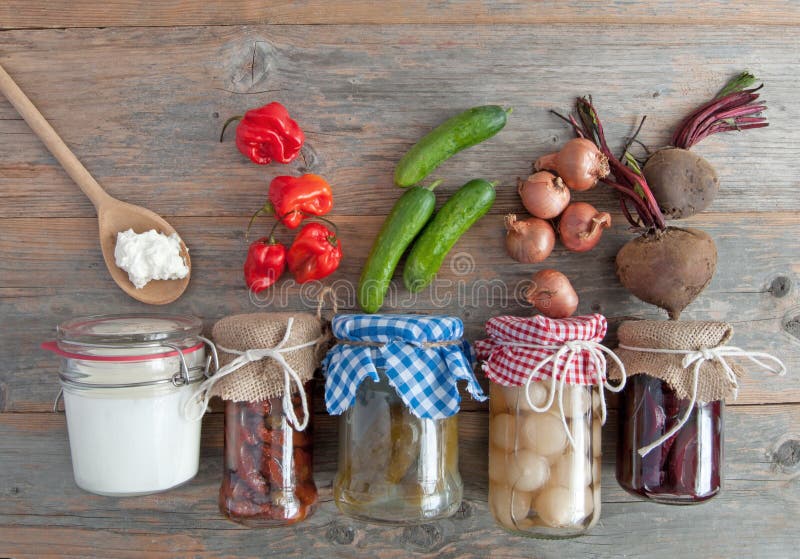

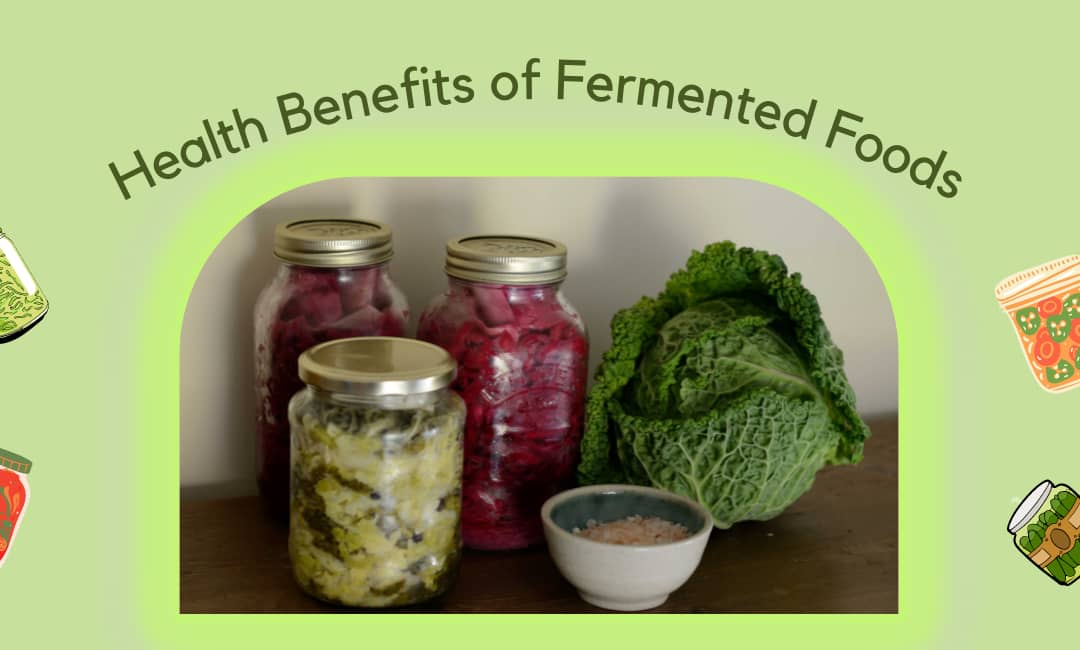
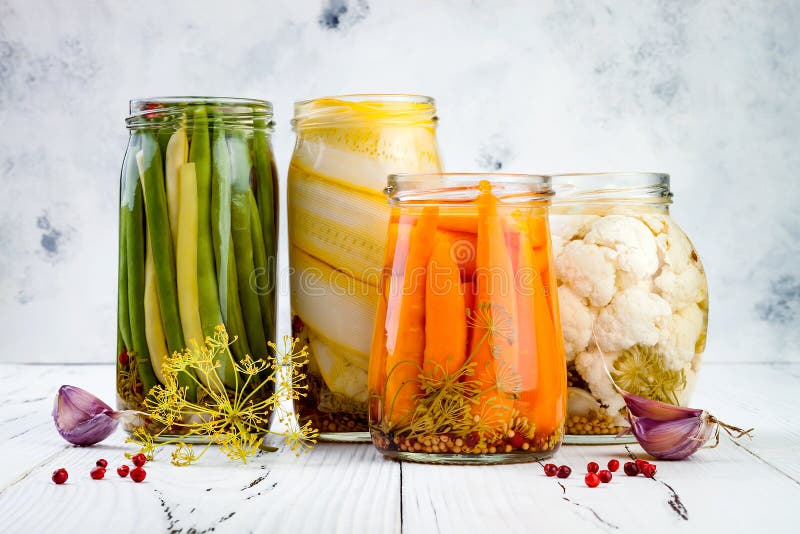



Don't miss out
when new recipes and information are added!
Join our newsletter for free recipes,
healthy living inspiration, and special offers
You have Successfully Subscribed!